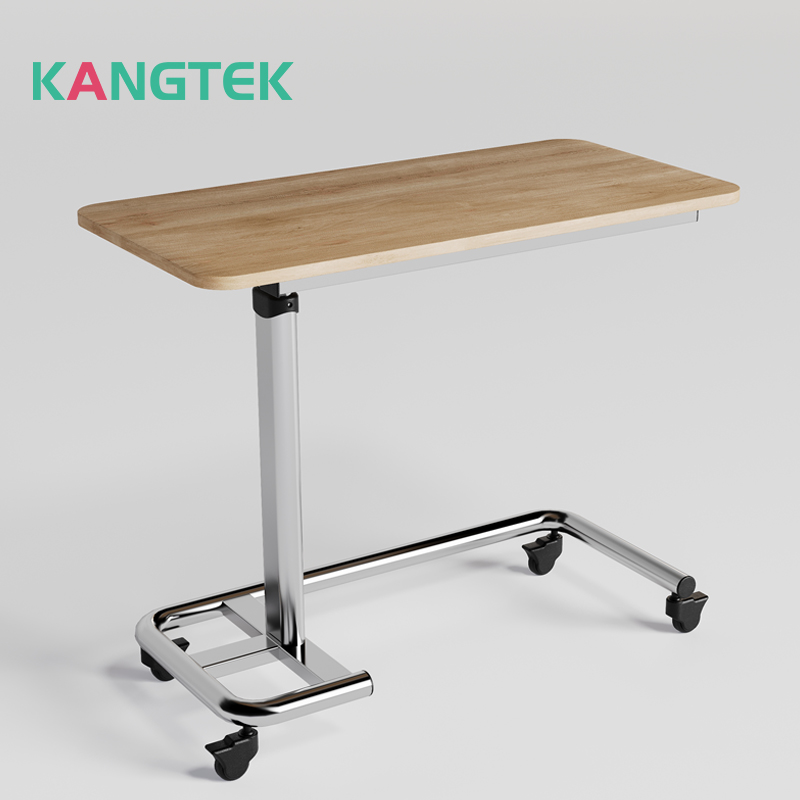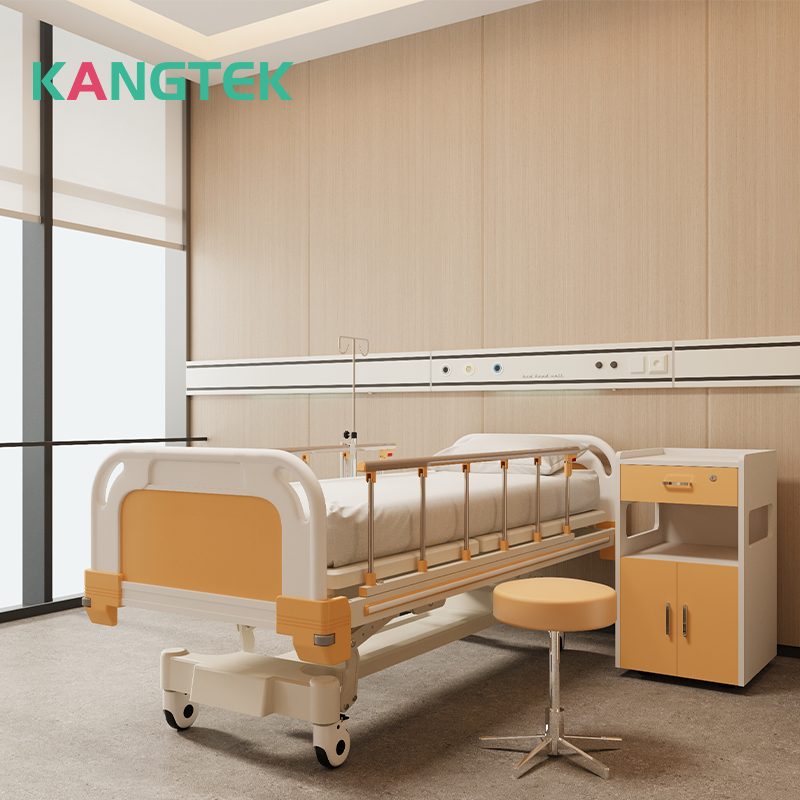A Comprehensive Guide to Cleaning and Disinfecting Medical Furniture
In healthcare facilities, maintaining cleanliness and hygiene is essential for preventing the spread of infections and ensuring patient safety. Medical furniture, including exam tables, chairs, and equipment surfaces, can harbor harmful pathogens if not properly cleaned and disinfected. In this guide, we'll outline best practices for effectively cleaning and disinfecting medical furniture to maintain a safe and sanitary environment for patients and healthcare providers.

1. Preparing for Cleaning and Disinfection:
- Gather necessary supplies, including disposable gloves, cleaning solutions, disinfectants approved for medical use, microfiber cloths, and disposable wipes.
- Ensure adequate ventilation in the cleaning area to prevent the buildup of fumes from disinfectants.
- Follow manufacturer instructions for cleaning and disinfecting specific types of medical furniture to avoid damage.
2. Cleaning Surfaces:
- Start by removing any visible debris, spills, or stains from the surface of the medical furniture using disposable wipes or damp microfiber cloths.
- Use a mild detergent or cleaning solution diluted with water to wipe down surfaces, paying attention to areas that come into direct contact with patients or healthcare providers.
- Thoroughly rinse the surfaces with clean water to remove any remaining residue from the cleaning solution.

3. Disinfecting Surfaces:
- Select an appropriate disinfectant that is effective against a broad spectrum of pathogens commonly found in healthcare settings, such as bacteria, viruses, and fungi.
- Apply the disinfectant to the surfaces of the medical furniture according to the manufacturer's instructions, ensuring complete coverage.
- Allow the disinfectant to remain on the surfaces for the recommended contact time to achieve maximum efficacy in killing pathogens.
- After the contact time has elapsed, use disposable wipes or damp microfiber cloths to remove any excess disinfectant residue from the surfaces.
4. Special Considerations for Upholstered Furniture:
- For upholstered medical furniture, such as exam tables or chairs, use upholstery-specific cleaning products or steam cleaning methods to remove dirt and stains.
- Follow up with a disinfectant spray or wipe to thoroughly sanitize the upholstery surface, paying particular attention to seams and crevices where pathogens may accumulate.
5. Regular Maintenance and Monitoring:
- Develop a regular cleaning and disinfection schedule for medical furniture, ensuring that all surfaces are cleaned and disinfected between patient use.
- Conduct routine inspections to identify any damage, wear, or areas requiring additional cleaning or disinfection.
- Monitor compliance with cleaning and disinfection protocols among healthcare staff, providing training and reinforcement as needed to maintain adherence.

Proper cleaning and disinfection of medical furniture are critical components of infection control in healthcare settings. By following best practices outlined in this guide, healthcare facilities can effectively remove dirt and pathogens from surfaces, reducing the risk of healthcare-associated infections and promoting patient safety. By prioritizing cleanliness and hygiene in the maintenance of medical furniture, healthcare providers can create a safer and more sanitary environment for patients and staff alike.

